junio 27, 25
Cats are notorious for developing urinary issues. The best route to supporting urinary health is preventing them before they begin to make sure kitty stays properly hydrated.
Many urinary problems in cats originate from low water intake, which can lead to concentrated urine, the formation of kidney and bladder stones, and potentially life-threatening urinary blockages.
In the following, we’ll help you understand your cat’s hydration needs, and how to increase their water consumption to support urinary health and keep your feline happy and healthy.
How do cats develop urinary problems?
What are the signs of urinary blockage in cats?
Can dry food cause kidney stones in cats?
Practical tips for a well-hydrated feline
Proactive tips to support feline urinary health
According to the Cornell Feline Health Center, cats require 4 ounces of water per five pounds of lean body weight. This means a 10-pound cat should drink about 8.5 ounces of water daily (roughly one cup).
Myth: Cats can survive on less water.
Fact: A cat’s need for water is surprisingly similar to that of humans!
Many believe that cats need very little water, but veterinary recommendations suggest otherwise. Humans typically need 1 ounce of water per 2 pounds of body weight daily, while cats require about 0.8 ounces per pound of lean body mass.
This misconception about cats and water likely stems from the fact that wild cats meet most of their hydration needs through their prey.
Domestic cats in turn lack a strong thirst drive. They may not drink enough water on their own, increasing the risk of urinary tract problems and costly vet visits.
Cats commonly develop urinary issues due to their weak thirst drive. Unlike dogs, cats often fail to recognize when they need to drink, making it easy for them to become dehydrated.
That’s where things can start going awry in and around the litter box.
If your cat shows any of these signs, seek emergency veterinary care immediately.
It’s possible if you take no additional steps to meeting your cat’s hydration needs. Why? When a feline diet consists entirely of dry food, that, combined with a cat’s naturally low thirst drive, can increase the risk of kidney stones and urinary blockages.
Kibble is a cost-effective and convenient way to meet your cat’s nutritional needs. Plus many cats love its satisfying crunch. However, cats naturally rely on their food for much of their moisture intake. That means if they’re eating an all-kibble diet, don’t expect them to compensate by drinking enough water. That’s where you need to intervene to give your cat a hydration boost.
Should you offer your cat a saucer of milk or cream as a tempting treat and hydration boost? No. Despite what children’s books suggest, dairy doesn’t agree with feline digestive systems.
Instead, try these vet-recommended tips to help your cat maintain adequate moisture. Most of these are simple tweaks to your routine that you can begin immediately.
Add a couple of tablespoons of warm (not hot) water or bone broth to your cat’s kibble. Let it soak before serving for added moisture.
Aim for a balance of 40% wet food and 60% dry food. Tip: Stock up on a variety of wet food entrées to practice Full Circle Feeding and offer a different protein with each meal.
Enhance your cat’s water by adding a splash of bone broth or tuna water for a more enticing flavor. Tip: For gut health support, try Come-pooch-a Bone Broth Toppers —it’s great for cats as well as dogs!
Some cats enjoy batting around and licking ice cubes. Drop one into their water dish — especially on hot days or after intense play — for enrichment and a quick hydration boost.
Fresh, running water appeals to a cat’s natural instincts because in the wild, moving water is cooler, fresher and more inviting.
If your cat joins you at the sink wherever you fill your water bottle or wash up, let them! There’s no harm in letting them sip from the tap. Some research suggests it may help cats stay better hydrated.
In deeper bowls, whiskers rubbing against the sides can be overstimulating, known as whisker fatigue. If your cat is bowl avoidant, try a wider-mouthed bowl.
Add water bowls to quiet, low-traffic areas to encourage more frequent drinking. Also, test different shapes and materials of containers to see what kitty likes best. Some prefer ceramic while others gravitate to glass or stainless steel.
Encouraging adequate hydration is a good start to supporting good feline urinary health, but these will also help.
Give your cat the nutritional support they need with the variety they crave. Full Circle Feeding with NutriSource provides optimized feline nutrition and delicious entrees – the purrfect recipe for a healthy, happy cat!
Regístrate para recibir lo último en ventas, nuevos lanzamientos y más…
